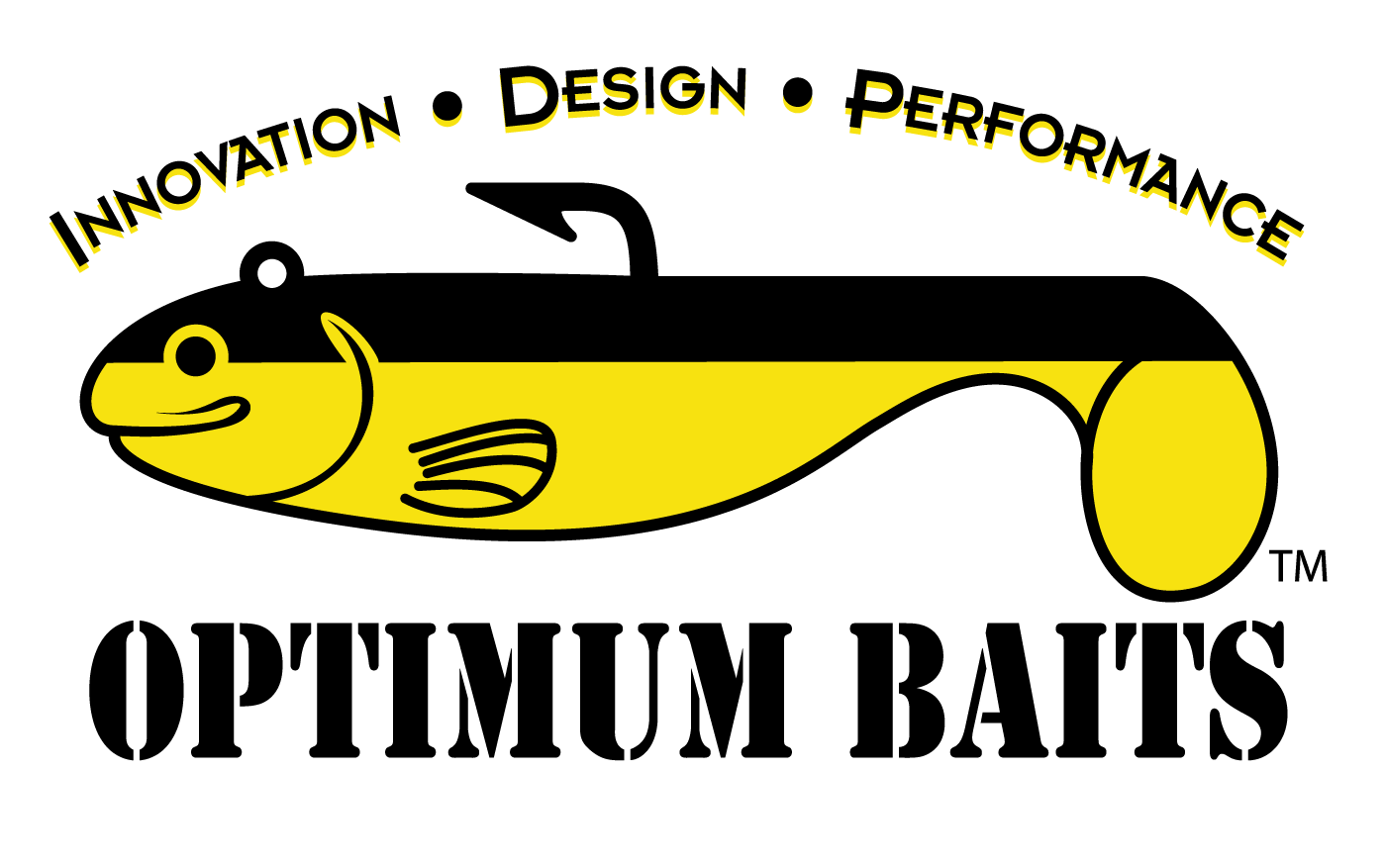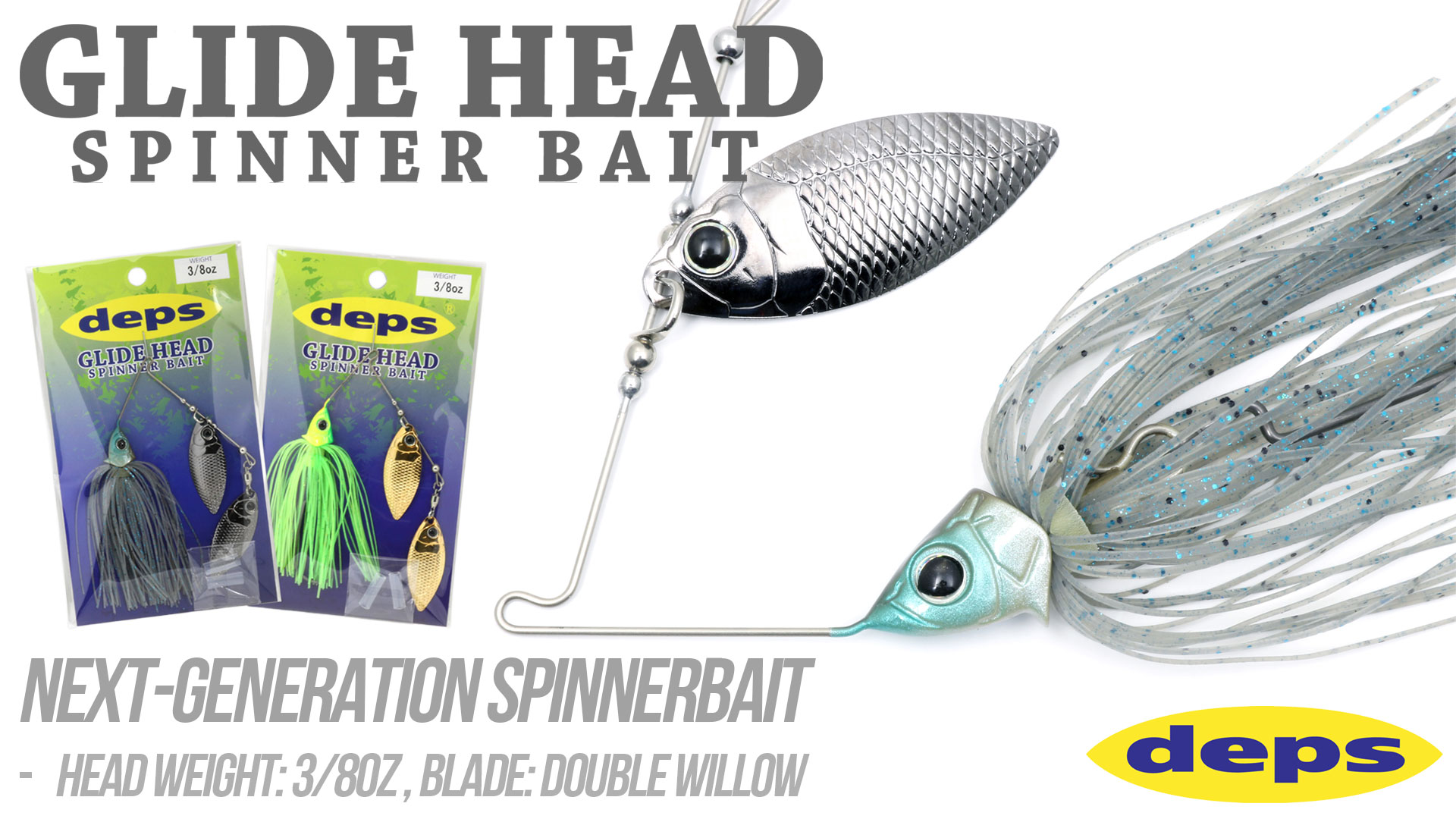
If you save your lipless crankbaiting exclusively for the pre-spawn bass of the spring, you’re missing out on some of the year’s best bites, said Elite Series pro Kurt Dove. He dotes on an Ima Rock N’ Vibe throughout the late summer and well into the fall.
“It’s great in fall because the fish are keyed in on shad,” he said. “Just about nothing else imitates a shad so well. The key at this time of year, though, is to keep it in the strike zone as long as you can. I’ll fish it faster from the spring into the warmer months, but as fall progresses you usually need to slow it down.”
Sometimes that means just a steady crawl, just enough speed to keep the lure unsnagged and wobbling on its axis. Other times it means yo-yoing the lure with sharp snaps of your cranking rod to elicit strikes from bass that are in transition.
“The key is all in your rod tip,” Dove advised. “None of the action comes from reeling. The difference in your retrieve is all in the length of the pull when you snap your rod tip up or down. Sometimes it’ll be a long sweep. Other times you just want short subtle pulls.”
In skinny water, usually three feet or less, Dove typically makes those shorter pulls. “When the water really starts to cool down, the fish tend to stay really shallow,” he said. “At that point they start to snuggle up against the grass.”
When they’re slightly deeper, for example in the 3 to 7 foot range, he’ll go with a more pronounced yo-yo motion. “It usually takes a bigger sweep to trigger them then,” he explained. “When they’re on those deeper flats leading to drop offs, you want to be sure that you’re keeping your bait in the contact zone but also covering water. The fish aren’t necessarily relating tight to the grass. Usually they’re relating to the shad, so that’s how you get their attention.”
No matter the size of the sweep, Dove said that most strikes using this technique come on after the bait has reached its apex and is being allowed to fall on a semi-slack line toward the bottom. “It’s almost like worm fishing a crankbait, or jigging a crankbait,” he said. In colder temperatures, the bite will often be subtle, like a barely perceptible tick. In warmer water, it’s sometimes a hard knock to the side that either threatens to take the rod out of your hand or knocks slack in your line. Most often, though, “you just pull up and it gets heavy. The hardest strikes seem to come around heavy cover. That’s when they tend to knock the fire out of the bait. In open water, it’s often more of a tick.”
Once he senses the strike, “the key is to utilize the advantages of treble hooks. Don’t set the hook, just pull the hooks into the fish. Most importantly, do everything you can to keep the fish from breaking the surface. You don’t want to let him jump, and you do that by keeping constant pressure, but not too much pressure.”
He prefers a Powell 703 casting rod for this presentation. He pairs it with 12 lb. Toray Superhard Premium Plus Hi-Grade fluorocarbon in open water, and when he’s around “gnarly cover” he’ll upsize to 16 lb. test. He relies upon the Hot Craw pattern 60 to 70 percent of the time, not just in spring but year round, with Ghost Ayu his second favorite color choice.


TOP: Hot Craw
BOTTOM:Ghost Ayu (Japan original color)





